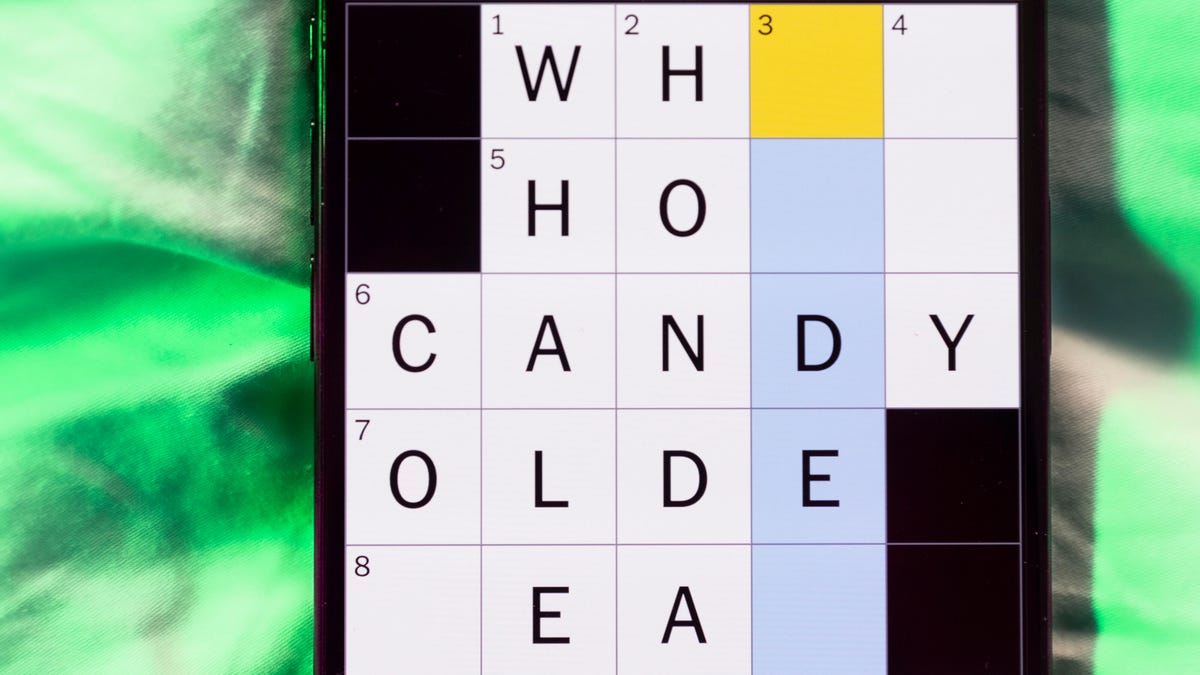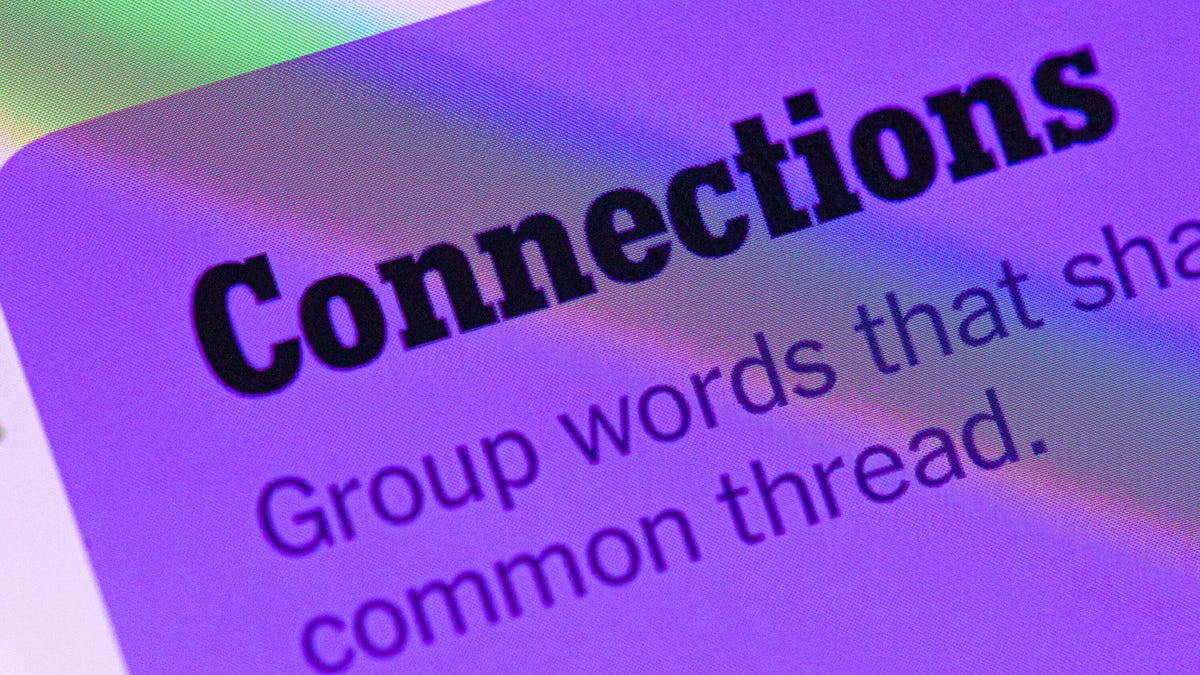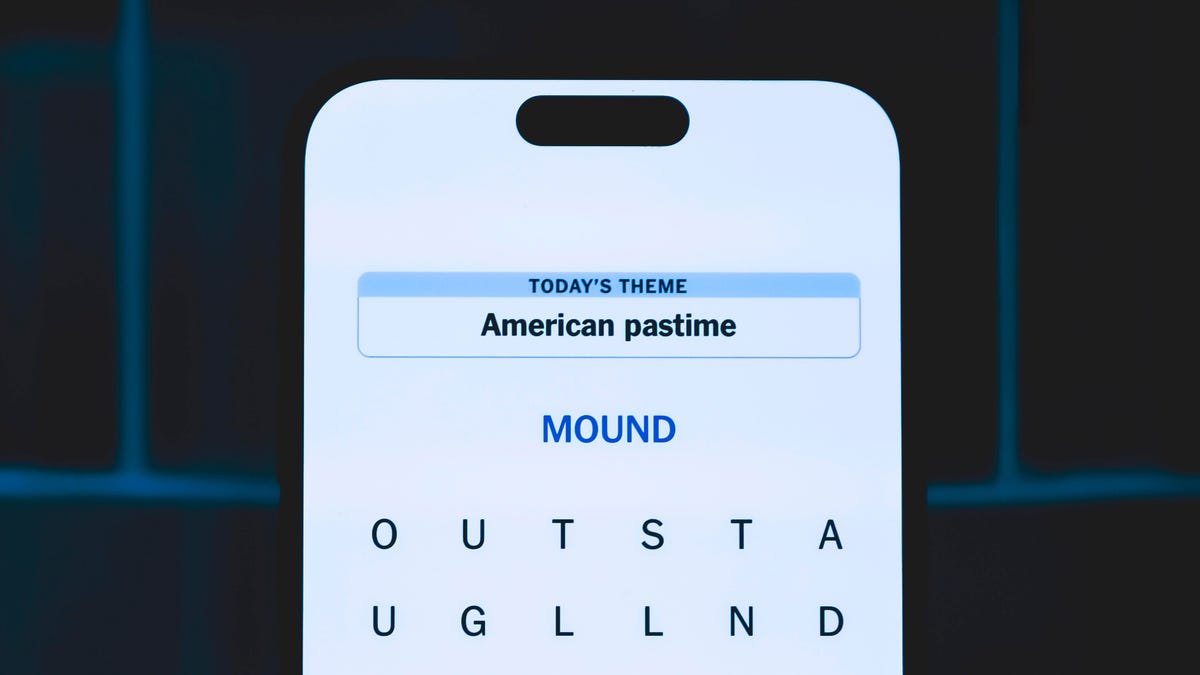Technologies
DNA Gets Artificial Upgrade to Store Humanity’s Boundless Digital Data
Scientists added seven new letters to the existing nucleotide alphabet, opening the door for extreme levels of data storage capacity.

In the last few years, humanity has created more data than in all of history combined — a remarkable level of output with no signs of slowing down. But where are we going to put all of it?
Though scientists are constantly increasing hard drive sizes to hold humanity’s information, and many of them believe this could be done indefinitely, some suggest these efforts will eventually be outrun by the exponential rate at which we generate data. In response to such worries, scientists have been looking into a rather unique solution — storing files, photos and documents on nature’s very own information database: DNA.
DNA is both vast and condensed enough to contain an unfathomable amount of data in hyper small spaces. After all, the double helix strands protect our bodies’ entire blueprints while tucked inside cell nuclei merely 10 micrometers wide. Plus, DNA is naturally abundant and can withstand super harsh conditions on Earth. Scientists can even retrieve genetic information from DNA that’s several centuries old.
«Every day, several petabytes of data are generated on the internet. Only one gram of DNA would be sufficient to store that data. That’s how dense DNA is as a storage medium,» Kasra Tabatabaei, a researcher at the Beckman Institute for Advanced Science and Technology, said in a statement.
Tabatabaei is the co-author of a new study, published in last month’s edition of the journal Nano Letters, that may well take the DNA data storage concept to great heights. Essentially, the study team is the first to artificially extend the DNA alphabet, which could allow for massive storage capacities and accommodate a pretty extreme level of digital data.
Before we dive into the details, here’s a quick biology recap.
DNA encodes genetic information with four molecules called nucleotides. There’s adenine, guanine, cytosine and thymine, or A, G, C and T. In a sense, DNA has a four-letter alphabet, and different letter combinations represent different bits of data. With just these four letters, nature can encode the genetic information of every single living organism. So, theoretically, we should be able to store a ton of digital data with this crew of letters, too. But what if we had a longer alphabet? Presumably, that’d give us a much deeper capacity.
Following this line of thought, the team behind the new study artificially added seven new letters to the DNA repertoire. «Imagine the English alphabet,» Tabatabei said. «If you only had four letters to use, you could only create so many words. If you had the full alphabet, you could produce limitless word combinations. That’s the same with DNA. Instead of converting zeroes and ones to A, G, C and T, we can convert zeroes and ones to A, G, C, T and the seven new letters in the storage alphabet.»
Further, ensuring information encoded in these 11 letters can be regurgitated on demand, the researchers also coined a novel mechanism that precisely reads back the synthetic DNA’s data. The system uses deep-learning algorithms and artificial intelligence to discern between the human-made DNA letters and natural ones, as well as differentiate everything from one another.
All in all, it provides an extremely clear readout of the DNA’s letter combinations, thereby unveiling any and all information hiding inside.
«We tried 77 different combinations of the 11 nucleotides, and our method was able to differentiate each of them perfectly,» Chao Pan, a graduate student at the University of Illinois Urbana-Champaign and a co-author on this study, said in a statement, and «the deep learning framework as part of our method to identify different nucleotides is universal, which enables the generalizability of our approach to many other applications.»
DNA isn’t the only up and coming, innovative way of holding our compounding data. A Harvard University research team, for instance, is working on using neon dyes to encode invaluable information. Still, Tabatabaei remarked, «DNA is nature’s original data storage system. We can use it to store any kind of data: images, video, music — anything.»
Technologies
Today’s NYT Mini Crossword Answers for Sunday, Nov. 16
Here are the answers for The New York Times Mini Crossword for Nov. 16.

Looking for the most recent Mini Crossword answer? Click here for today’s Mini Crossword hints, as well as our daily answers and hints for The New York Times Wordle, Strands, Connections and Connections: Sports Edition puzzles.
Need some help with today’s Mini Crossword? For me, 7-Across was a bit of a stumper, but I eventually solved it. Read on for the answers. And if you could use some hints and guidance for daily solving, check out our Mini Crossword tips.
If you’re looking for today’s Wordle, Connections, Connections: Sports Edition and Strands answers, you can visit CNET’s NYT puzzle hints page.
Read more: Tips and Tricks for Solving The New York Times Mini Crossword
Let’s get to those Mini Crossword clues and answers.
Mini across clues and answers
1A clue: Cars that stop at Supercharger stations
Answer: TESLAS
7A clue: What «e-» can mean
Answer: ONLINE
8A clue: Words that might begin the name of a quaint English inn
Answer: YEOLDE
9A clue: What «E» can mean
Answer: EMPTY
10A clue: Easter egg colorings
Answer: DYES
Mini down clues and answers
1D clue: Messed (with)
Answer: TOYED
2D clue: Ally’s opposite
Answer: ENEMY
3D clue: What «m» stands for in the equation «y = mx + b»
Answer: SLOPE
4D clue: Musical cadences of speech
Answer: LILTS
5D clue: Samberg of «Brooklyn Nine-Nine»
Answer: ANDY
6D clue: «___ what I did there?»
Answer: SEE
Technologies
Today’s NYT Connections Hints, Answers and Help for Nov. 16, #889
Here are some hints — and the answers — for the NYT Connections puzzle for Nov. 16, #889.

Looking for the most recent Connections answers? Click here for today’s Connections hints, as well as our daily answers and hints for The New York Times Mini Crossword, Wordle, Connections: Sports Edition and Strands puzzles.
Today’s NYT Connections puzzle is a fun one. As a pop-culture junkie and game lover, I enjoyed the purple category. If you need help sorting the answers into groups, you’re in the right place. Read on for clues and today’s Connections answers.
The Times now has a Connections Bot, like the one for Wordle. Go there after you play to receive a numeric score and to have the program analyze your answers. Players who are registered with the Times Games section can now nerd out by following their progress, including the number of puzzles completed, win rate, number of times they nabbed a perfect score and their win streak.
Read more: Hints, Tips and Strategies to Help You Win at NYT Connections Every Time
Hints for today’s Connections groups
Here are four hints for the groupings in today’s Connections puzzle, ranked from the easiest yellow group to the tough (and sometimes bizarre) purple group.
Yellow group hint: Different strokes for different folks.
Green group hint: Ho-hum.
Blue group hint: Flags often qualify.
Purple group hint: Do not pass Go.
Answers for today’s Connections groups
Yellow group: Technique.
Green group: Run-of-the-mill.
Blue group: Stripy things.
Purple group: Words on Monopoly squares.
Read more: Wordle Cheat Sheet: Here Are the Most Popular Letters Used in English Words
What are today’s Connections answers?
The yellow words in today’s Connections
The theme is technique. The four answers are approach, method, philosophy and school.
The green words in today’s Connections
The theme is run-of-the-mill. The four answers are banal, everday, humdrum and pedestrian.
The blue words in today’s Connections
The theme is stripy things.The four answers are barcode, IBM logo, rugby shirt and zebra.
The purple words in today’s Connections
The theme is words on Monopoly squares. The four answers are avenue, parking, railroad and tax.
Technologies
Today’s NYT Strands Hints, Answers and Help for Nov. 16 #623
Here are hints — and answers — for the NYT Strands puzzle for Nov. 16, No. 623.

Looking for the most recent Strands answer? Click here for our daily Strands hints, as well as our daily answers and hints for The New York Times Mini Crossword, Wordle, Connections and Connections: Sports Edition puzzles.
Today’s NYT Strands puzzle is tough. It’s a weird theme, and some of the answers are difficult to unscramble, so if you need hints and answers, read on.
I go into depth about the rules for Strands in this story.
If you’re looking for today’s Wordle, Connections and Mini Crossword answers, you can visit CNET’s NYT puzzle hints page.
Read more: NYT Connections Turns 1: These Are the 5 Toughest Puzzles So Far
Hint for today’s Strands puzzle
Today’s Strands theme is: Around it goes.
If that doesn’t help you, here’s a clue: They’re often on a roll.
Clue words to unlock in-game hints
Your goal is to find hidden words that fit the puzzle’s theme. If you’re stuck, find any words you can. Every time you find three words of four letters or more, Strands will reveal one of the theme words. These are the words I used to get those hints but any words of four or more letters that you find will work:
- CARE, SCARE, CRASS, SWAT, PELL, HELL, SCAR, HALT, STENT, HALTS, TENT, POLL, LOTS
Answers for today’s Strands puzzle
These are the answers that tie into the theme. The goal of the puzzle is to find them all, including the spangram, a theme word that reaches from one side of the puzzle to the other. When you have all of them (I originally thought there were always eight but learned that the number can vary), every letter on the board will be used. Here are the nonspangram answers:
- FOIL, SCARF, SHAWL, STOLE, FLATBREAD, CELLOPHANE
Today’s Strands spangram
Today’s Strands spangram is THATSAWRAP. To find it, start with the T that’s three letters up from the bottom of the far-left row, and wind down, over and then up.
-

 Technologies3 года ago
Technologies3 года agoTech Companies Need to Be Held Accountable for Security, Experts Say
-

 Technologies3 года ago
Technologies3 года agoBest Handheld Game Console in 2023
-

 Technologies3 года ago
Technologies3 года agoTighten Up Your VR Game With the Best Head Straps for Quest 2
-

 Technologies4 года ago
Technologies4 года agoBlack Friday 2021: The best deals on TVs, headphones, kitchenware, and more
-

 Technologies4 года ago
Technologies4 года agoVerum, Wickr and Threema: next generation secured messengers
-

 Technologies4 года ago
Technologies4 года agoGoogle to require vaccinations as Silicon Valley rethinks return-to-office policies
-

 Technologies4 года ago
Technologies4 года agoOlivia Harlan Dekker for Verum Messenger
-

 Technologies4 года ago
Technologies4 года agoiPhone 13 event: How to watch Apple’s big announcement tomorrow
